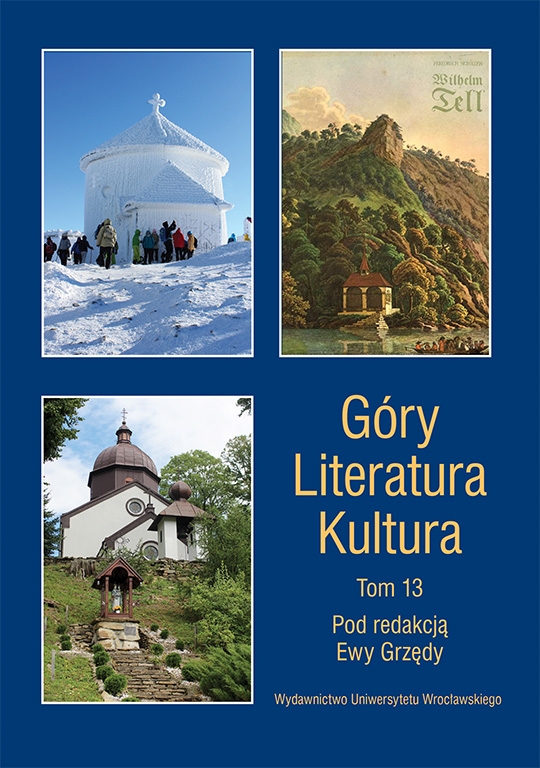

Dissertations, studies, sketches

The residents of the historical region of Tirol had long played the role of various projection platforms. However, love for the written word was not a characteristic commonly attributed to them — on the contrary: “It is impossible for the insights of the latter to attract a favorable opinion if one considers that often in large villages hardly anyone can read and write, and those who can do it very poorly; and yet these are exercises enabling people to shape their minds.”
That is why the project “Reading in the Alps. Book Ownership in Tyrol 1750–1800” carried out at the University of Innsbruck and the Austrian Center for Digital Humanities and Cultural Heritage of the Austrian Academy of Sciences (ÖAW), and financed by the FWF (Research Support Fund) and the Tiroler Matching Fund, seeks to explore the historical reading customs of people living in the Alps. Drawing on inventories (usually probate inventories), we examine — as has already been done many times with regard to regions under Protestant-Pietist influence — private book collections in the Catholic-dominated Alps. The present article is a report on the main directions of the project as well as its first results.
Starting from Joseph Rohrer’s 1796 diagnosis that the rural population of Tyrol in the eighteenth century was largely illiterate, we examine the available information about book resources from that era on the basis of an analysis of over 1500 inventories, inheritance proceedings, purchase and tenancy contracts etc. They suggest that people read quite a lot. However, an important matter is the kind of books preferred by readers at the time. It turns out that they were primarily widely popular religious books. It was mainly the “bestsellers of Catholic edifying literature”, which could be found in households in Bruneck in the South Tyrolean Puster Valley and its surroundings.